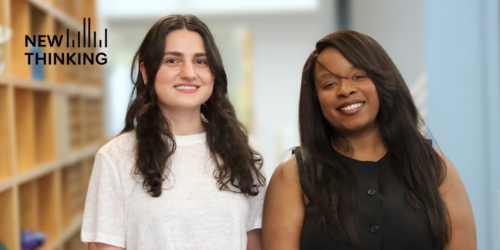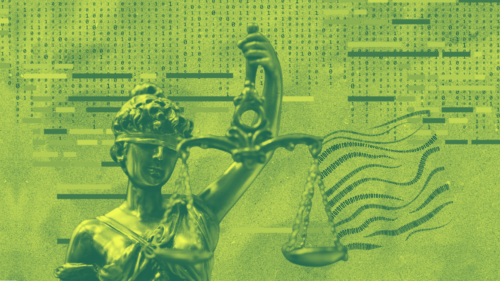Jeff Hobbs, deputy director of the Midtown Community Court, remembers crime-ridden midtown Manhattan in 1993 and describes the start of the Midtown Community Court, an experimental project that sought to remedy the rampant quality-of-life crime in the area. “1993 was a terrible time,” Hobbs recalls, “a time when crime was not cloaked under darkness but in broad daylight.”
This recollection of the Midtown Community Court’s beginnings in New York City in 1993 is just one of over 150 oral histories for the city-wide campaign called “Recalling 1993,” accessible exclusively through every surviving pay phone in Manhattan, in conjunction with the New Museum’s exhibition, “NYC 1993: Experimental Jet Set, Trash and No Star,” which features art made or shown in New York during that year.
To access “Recalling 1993,” dial toll-free 1-855-FOR-1993 from any Manhattan pay phone. Once connected, callers will hear never-been-told stories of sweeping change and personal experiences tied to the neighborhood where they’re standing.
To listen to the full story, click play.
The following is a transcript of the recording:
Jeff Hobbs: Hi, my name is Jeff Hobbs. And in 1993, I was introduced to an opportunity to join the Midtown Community Court. I didn’t know exactly what that was at the time, but I knew that it was an experimental project aimed at quality of life crimes. The nineties was a terrible time, a time when crime was not cloaked under darkness, but in broad daylight. Crack cocaine dealers would whisper right as I walked by. Crack and coffee for breakfast. It didn’t matter who you were with. They didn’t seem to care. You could be with your mother, your child, that didn’t matter to them. Prostitutes were flashing their wares along the West Side Highway as you drove by. Public urination, public intoxication, X-rated movie theaters. So I was intrigued when offered an opportunity to work with the block associations, NYPD, the Shubert Organization, and other concerned individuals to bring back some normalcy to a community in turmoil.
We also worked very closely with the community police officer patrols. They would give us a list of hotspots where these unsightly conditions existed. And we would demonstrate our commitment to help change the landscape by painting over graffiti as fast as the perpetrators scrolled them. We had approximately a dozen community service sites. The traditional court system wasn’t prepared to help with social issues. The Midtown Community Court came in with social workers, drug counselors, onsite TB and HIV testing.
Of course, everyone didn’t qualify for services. For instance, if they were chronic offenders who never showed up for their counseling or community service mandates, they may get jail. Today, I am proud to say that through the collaboration with the community partners, with the police department, that today you could walk by and not feel intimidated. You’re not hearing anyone selling drugs. Businesses are bustling. The economy is back in the area again. Schools are opening up and not closing down. And people are feeling a lot better because it’s a much safer community. When we first started in 1993, the Midtown Court was an experiment, but now we’re no longer an experiment. We’re an example that shows when everyone is on the same page and willing to put in the work, we can overcome what appears to be insurmountable odds.

